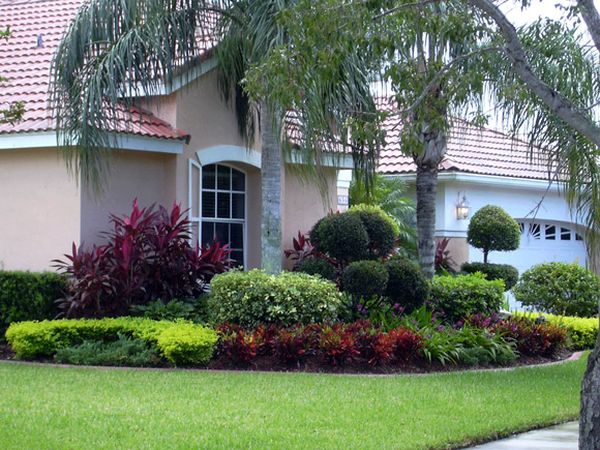Among the many elements that go into a landscape design that is both functional and aesthetic, the selection of the plants is perhaps the most important.Otherwise, the garden could easily become a riot of competing attractions. Landscape designers need to exercise strict discipline even when faced with the cornucopia of delights. Otherwise, the intended effect of the whole garden arising out of a combination of forms, mass, textures, and colors of the variety of plant life could easily be spoilt.
Homeowners must not think of plants just as pretty things but as essential structural elements of the entire composition of the garden. Each plant needs to be selected from the point of its contribution to the overall design. Otherwise, it can be so easy to end up with a garden that is stuffed with a confusing medley of shapes and colors. Take a brief look at some of the plant types that you can consider for your landscaping project.
Evergreen Trees
These trees remain green the year-round or almost for all the months and are ideal for providing permanent structure and texture, color and repeated form for your garden space for the entire year. A typical application of evergreen trees is for the driveway that will remain a focal point of interest even in winter. There are literally hundreds of varieties that you can choose from; some grow into massive trees, while others make for great dwarf selections for placing in borders and plant beds in between plants that are vibrantly colored to lend an appealing visual break. Some evergreens such as yew and juniper grow so tightly that they provide the perfect platform for shaping into remarkable shapes that are great fun. Click on kinglandscapeco.com for an interesting insight into plant shaping.
Deciduous Trees
These trees can create a dramatic effect in your garden with their changing foliage and looks of their leaves during fall and winter. Due to their ever-changing appearance, they can be strategically used in a landscape design to offer a different expression at various points of time in the year. Since many varieties of these trees grow to mammoth sizes, you should properly study your space and plant them accordingly
Large Perennials
These are plants that grow and flower for at least two years consecutively; however there are many perennials that thrive for more than the human life span. Perennials, as a group, provide an ever-changing tapestry of form, texture, and color that can be easily manipulated to maximize your garden’s design potential. Perennials are the favorite of landscapists who consider foliage and form to be as significant as the fleeting loveliness of flowers.
Annuals
These plants, as the name suggests, have a life cycle of just one year. They grow, flower, bear seeds, and die in a year. Some may grow again the next year as new plants from the seeds they produce, while others do not produce seeds and thus cannot regenerate. Annuals find their best use as a fill in material in garden beds to create focal points that are dramatic; alternatively they can also be used in pots or baskets as accents. Using annuals, you can effectively add volume or color to a garden bed to accentuate certain areas of the garden as points of interest.
Bulbs
Quite similar to annuals, bulbs produce vibrant though fleeting blooms and are best used to provide an interlude of form and color as an accent among groundcovers, at the base of large trees or in large drifts to create a colorful splash. They should ideally be planted among other perennials as these plants have a brief season life.
Groundcovers, Grasses and Succulents
As the name suggests, groundcovers are used to cover large expanses of the land and provide a sense of unity while delivering accents of amazing color and texture. They are also used to provide a carpet-like look to the ground, or even mixed and matched to deliver a tapestry-like effect. Where the ground is drier, grasses and succulents can be used very successfully to provide interesting textures and shapes that make dramatic and unusual statements.

